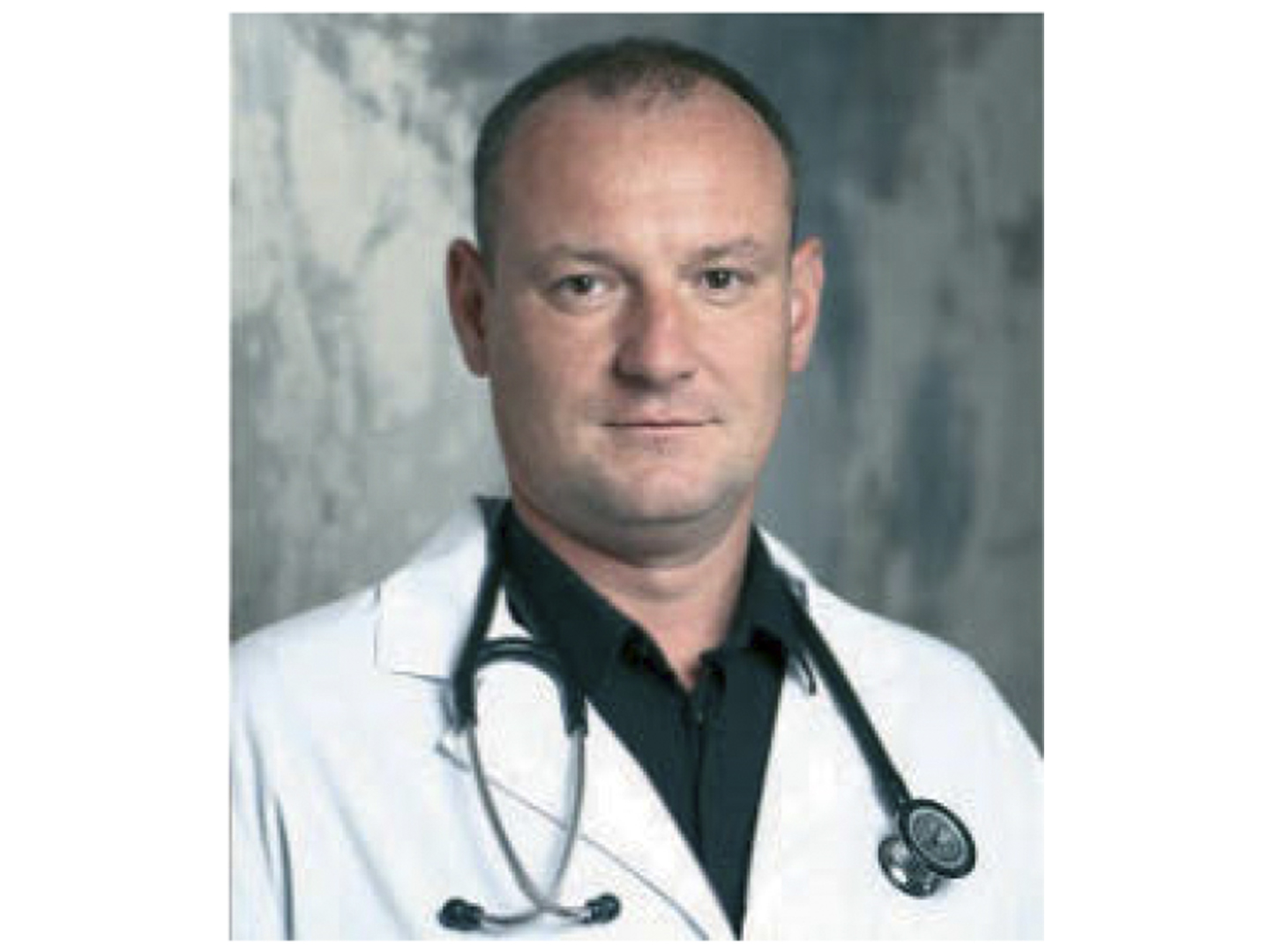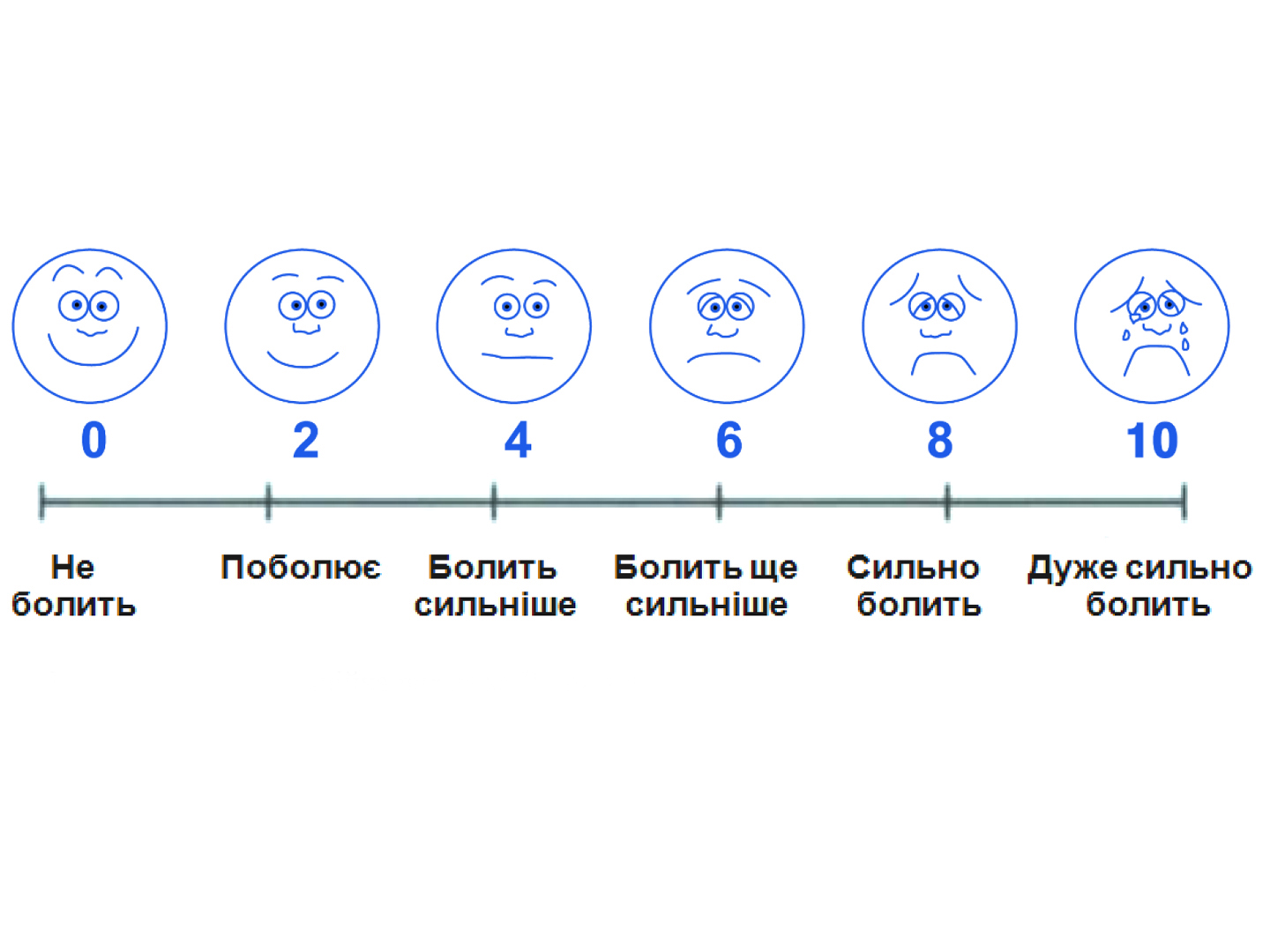Injecting material for skin regeneration Lacerta® application in treatment of trophic ulcers in patients with diabetic foot syndrome
Bukovinian State Medical University, Chernivtsi City
Abstract
Examined 22 patients with diabetes mellitus (DM) type II of neuropathic form of diabetic foot syndrome (DFS). In 12 patients (comparison group) local povidone—iodine was used main in 10 (study group), except povidone—iodine, in the phase of exudation used tyrothricin in gel form, the granulation and epithelization phase, after cleaning the wounds, were injected intradermally 1 ml of injecting material for skin regeneration Lacerta®. Trophic defects in 9 (90 %) patients of the main group during the observation period healed completely, in the comparison group complete healing of the ulcer reached in 2 (16.7 %) patients, the rest — wounds, although purified, however, were lethargic granulation, epithelization occurred very slowly. Consequently, the use of the proposed method allows to achieve more rapid healing of trophic ulcers that do not heal continued in patients of neuropathic forms of DFS.
Key words: diabetic foot syndrome; trophic ulcer; local treatment; Lacerta®.
Diabetic foot syndrome (DFS) is one of the most common and severe complications of the DM [1–3]. It complicates the course of the DM almost in 25 % of the patients. Such patients have 20-fold higher risk of gangrene of lower extremities, than the general population [4]. 55 lower extremity amputations with the DFS are performed every hour in the world. Only in the U.S. annually almost 50 thousand operations of high and low amputation are performed in patients with DM, and in Germany — more than 20 thousand. In Ukraine in 2006, gangrene of lower extremities has occurred in 7842 patients, in 70% of which – as a result of DM type II [5]. The frequency of postoperative complications is high enough (30–37 %), postoperative lethality is 9–26 % [6, 7]. The most common form of DFS is neuropathic [8]. Trophic ulcers in such patients exist during a long term in typical areas (soles, heels). They are rarely and slowly healed or recur after restorative surgeries [9, 10].
Objective of the research: to improve the results of local treatment of patients with neuropathic form of DFS.


